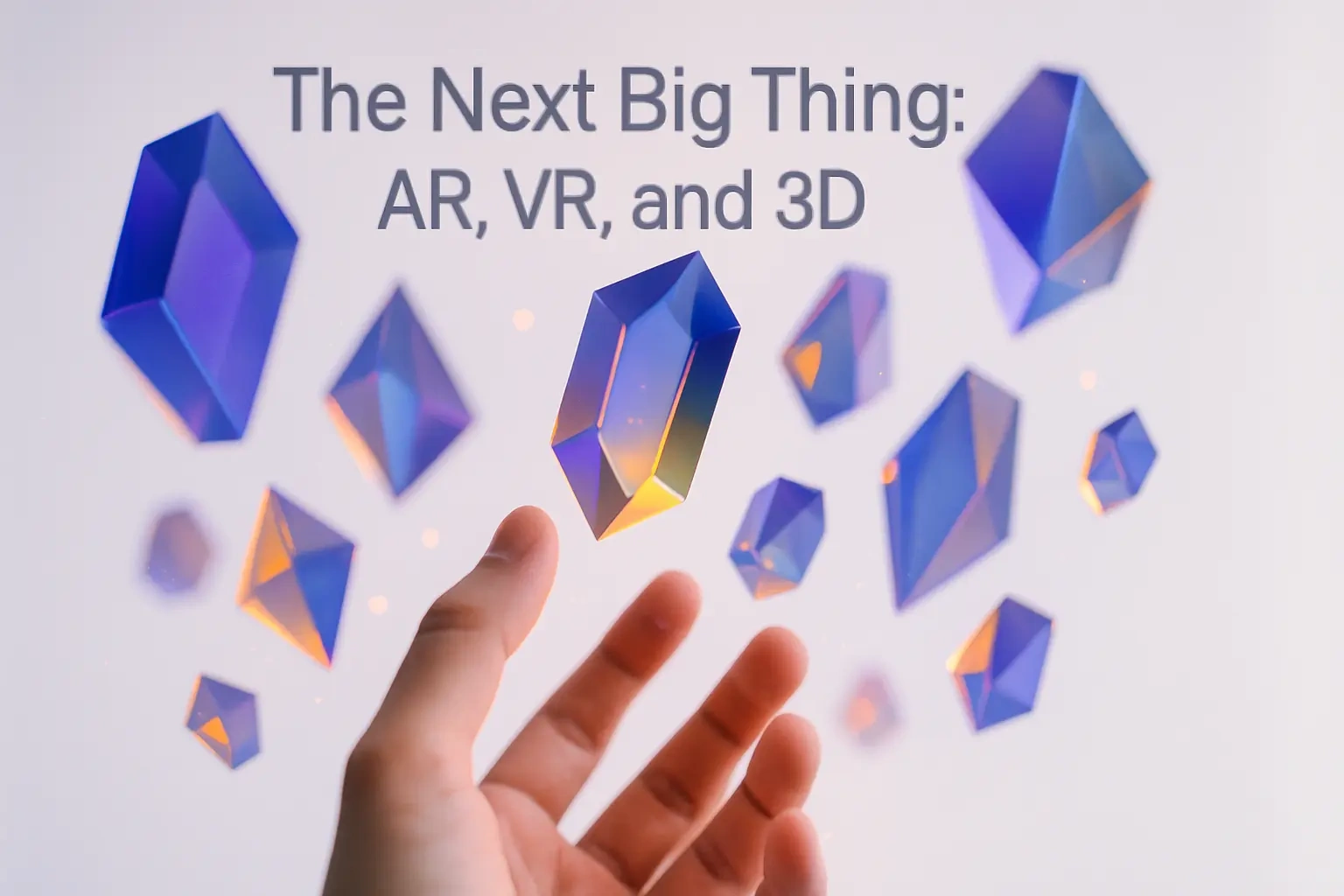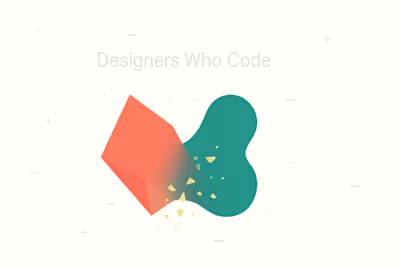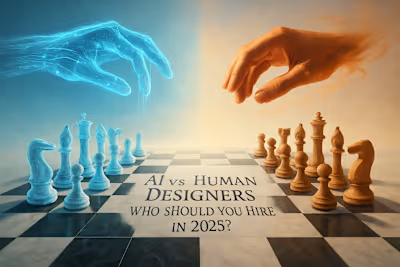The Next Big Thing: AR, VR, and 3D – Should Your Project Go Immersive?

The Next Big Thing: AR, VR, and 3D – Should Your Project Go Immersive?
A Quick Primer: Understanding AR, VR, and 3D
Augmented Reality (AR)
Virtual Reality (VR)
3D Web Design
Which Industries Are Benefiting Most from Immersive Tech?
E-commerce and Retail
Real Estate and Architecture
Education and Training
Is Your Project Ready? A Strategic Checklist
Does It Solve a Real User Problem?
Do You Have the Right Content?
What is the Target Platform and Audience?
What to Look for When Hiring an Immersive Designer
Understanding of Spatial UI
Prototyping and Technical Skills
A Focus on User-Centered Design
Conclusion: Designing for the Next Dimension
References
The Next Big Thing: AR, VR, and 3D – Should Your Project Go Immersive?
A Quick Primer: Understanding AR, VR, and 3D
Augmented Reality (AR)
Virtual Reality (VR)
3D Web Design
Which Industries Are Benefiting Most from Immersive Tech?
E-commerce and Retail
Real Estate and Architecture
Education and Training
Is Your Project Ready? A Strategic Checklist
Does It Solve a Real User Problem?
Do You Have the Right Content?
What is the Target Platform and Audience?
What to Look for When Hiring an Immersive Designer
Understanding of Spatial UI
Prototyping and Technical Skills
A Focus on User-Centered Design
Conclusion: Designing for the Next Dimension
References
Posted Jul 6, 2025
AR, VR, and 3D experiences are the next frontier in digital interaction. Use this practical guide to decide if immersive technology is right for your project.










